incl. VAT plus shipping costs
Immediate delivery, express possible ![]()
More than 20 Articles in stock
Delivery only innh. Germany and Austria possible.
Switch to the German store
- Item no: 7050
Fast delivery times
All products are in stock with us!14 years of breeding experience
Let our team of experts advise you!High customer satisfaction
from over 3,000 reviews "| Water values: | soft to medium hard |
| Difficulty: | 2 - Normal |
| Temperature: | 25-30 °C |
| Behavior: | Active |
| Feature: | Interesting coloring |
| with fish?: | Yes, with peaceful fish |
| Fish group: | Barbs |
| Final size: | > 12cm |
| with dwarf crabs?: | conditional* (see description) |
| Diet: | omnivorous - omnivorous |
| Origin: | Asia |
| Planting possible?: | Yes |
| with snails/shells?: | Yes |
| with large crabs?: | No |
| Breeding: | heavy |
| Visual effect: | Forms precincts |
| with shrimps?: | Socialization not possible |
| Pelvic region: | Center |
| Aquarium size: | 200 l (approx. 100cm) |
| with crabs?: | No |
Originally called Crossocheilus denisonii or Sahyadria denisonii, the Red Stripe Algae Eater is also known primarily as the Denison Bar b or Red Stripe Torpedo Fish and has only been represented in aquaristics since about 2003. It belongs to the carp family and originates from fast-flowing mountain waters with rocky bays and weedy shorelines of the Indian Western Ghats. On its cream-olive colored spindle-shaped body with light belly there is a black line at the level of the lateral line, which reaches from the mouth over the eye to the tail fin root. Above this it is again colored red from the mouth to above the eye to just past the gill covers, which gave it its name. The dorsal fin may also have a black spot at the base, and the first fin rays are also edged in red. The tips of the otherwise transparent caudal fin are black and yellow or even white. The Redstreaked Algae Eater is a lively and sociable barb that likes to live in a group and more often sprints "like a torpedo" routes through the aquarium.
Externally, it is difficult to distinguish between the sexes of the Red-streaked Algae Eater. Usually the females become fuller at spawning time, whereas the males remain somewhat slimmer.
Little information is available on the difficulty of breeding these fish, but captive breeding is reported to have been successful. According to these reports, the females are said to have a yellow spot in the caudal fin, while the males have a white one. According to this breeding report, the pH was lowered to 6 and the fish were fed a variety of frozen foods daily. In addition, the temperature was lowered to 22-24 degrees and later raised again to 27-28 degrees, at which the spawning act is said to have taken place. The male pursues the female and nudges it with its mouth in the flank region, circles it and also builds up in front of it.
According to its habitat, the redline algae eater likes softer water with a pH between 6.5 to 7.5, a total hardness up to 18° GH and a temperature between 24-28°C. With a possible final size between 12-15 centimeters and its preference for fast sprints, an aquarium with at least 130 centimeters edge length should be available to it, but preferably even larger. Since these fish can be quite shy when they are not dashing through the aquarium, their new home should be structured with roots and rocks, but also dense planting that still allows enough free swimming space, and should have a very good current.
Redline algae eaters can be socialized with not too rough fish, as by-fish Poropanchax normani, but also other rainbow fish, or smaller schooling fish, which originate from similar habitats, are suitable. A socialization with invertebrates is rather not advisable, because they like to stay in the lower part of the tank and crayfish could injure them, shrimps can be considered as food animals. Denison barbs are unproblematic omnivores that should be fed a varied diet, but after a while they can be accustomed to commercially available canned foods such as flakes and granules, NatureHolic main feedwould also be recommended.
These fish are overall very susceptible to stress. When they arrive, care should be taken to acclimate them very carefully to the new water conditions, but not to drag out the acclimation process too much, as this in turn will also cause stress. After settling in, it would be recommended to turn off the aquarium lights until the animals have calmed down and become accustomed to their new home.
Our food recommendation: For this aufwuchs feeding proboscis barb the NatureHolic Catfish Feed is perfect for all aufwuchs feeding sucker catfish in the aquarium. It is a balanced tablet food that will not cloud the water and the fish will happily eat. The catfish tablets also contain NatureHolic active ingredient complexes, which provide the barbs with everything they need for a strong immune system, healthy growth and great, contrasting coloration. As a snack, supplemental food or vacation food we recommend the vegetarian CatfishPlates.
Our plant recommendation: For planting, use NatureHolic InVitros. These are free of snails, planarians and other unwanted co-inhabitants. Also free of algae spores, bacteria and fungi.
Expert Tip: We recommend for fish keeping the NatureHolic 3 Phase Liquid. The care set offers the best all-round protection for your animals. It ensures optimal conditions for successful breeding and keeping.
| Scientific name: | Puntius denisonii |
| German Name: | Red-striped algae eater, torpedo fish, Denison barb, red-striped barb |
| Difficulty level: | advanced |
| Origin/Distribution: | India |
| Coloration: | Olive-cream spindle body with pale ventral side, black solid lateral line with red line above and colored eyes, first fin ray of dorsal fin red, caudal fin tips black and yellow or white |
| Age expectancy | approx. 4-6 |
| Water parameters: | GH up to 20, KH 0-4, pH 6.5-7.5, temperature 24-28°C |
| Tank size: | from 130 cm |
| Food | Omnivorous, growth eaters, frozen and live foods, granules, flakes |
| Breeding | difficult/not breedable |
| Behavior | very peaceful |
| Group size | at least 5 animals |
| Further information | Ten typical aquarium fish for beginners and alternatives to them, Tips for acclimating fish to the aquarium, Feeding aquarium fish properly - cheap food and what it can do |
- Item no: 7050
- EAN No.: 7427061494792
Entdecke die Garnelio Welt!
Garnelio gehört zu den größten Onlineshops für wirbellose Aquarientiere weltweit.
Viele Artikel gibt es exklusiv nur bei uns im Shop.

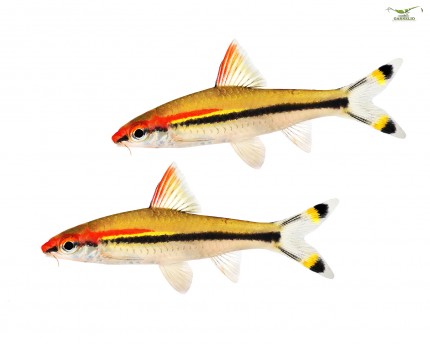

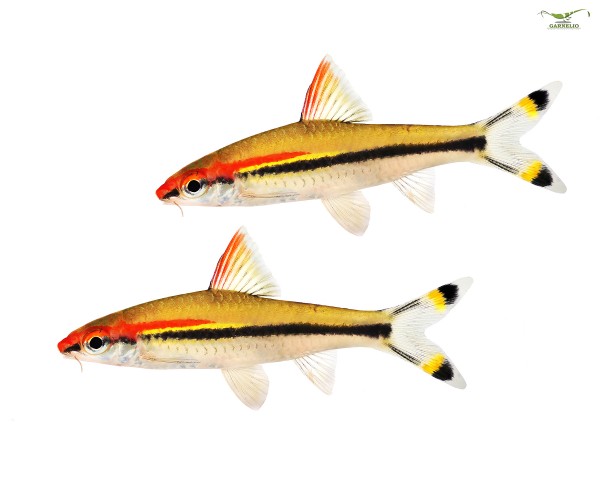

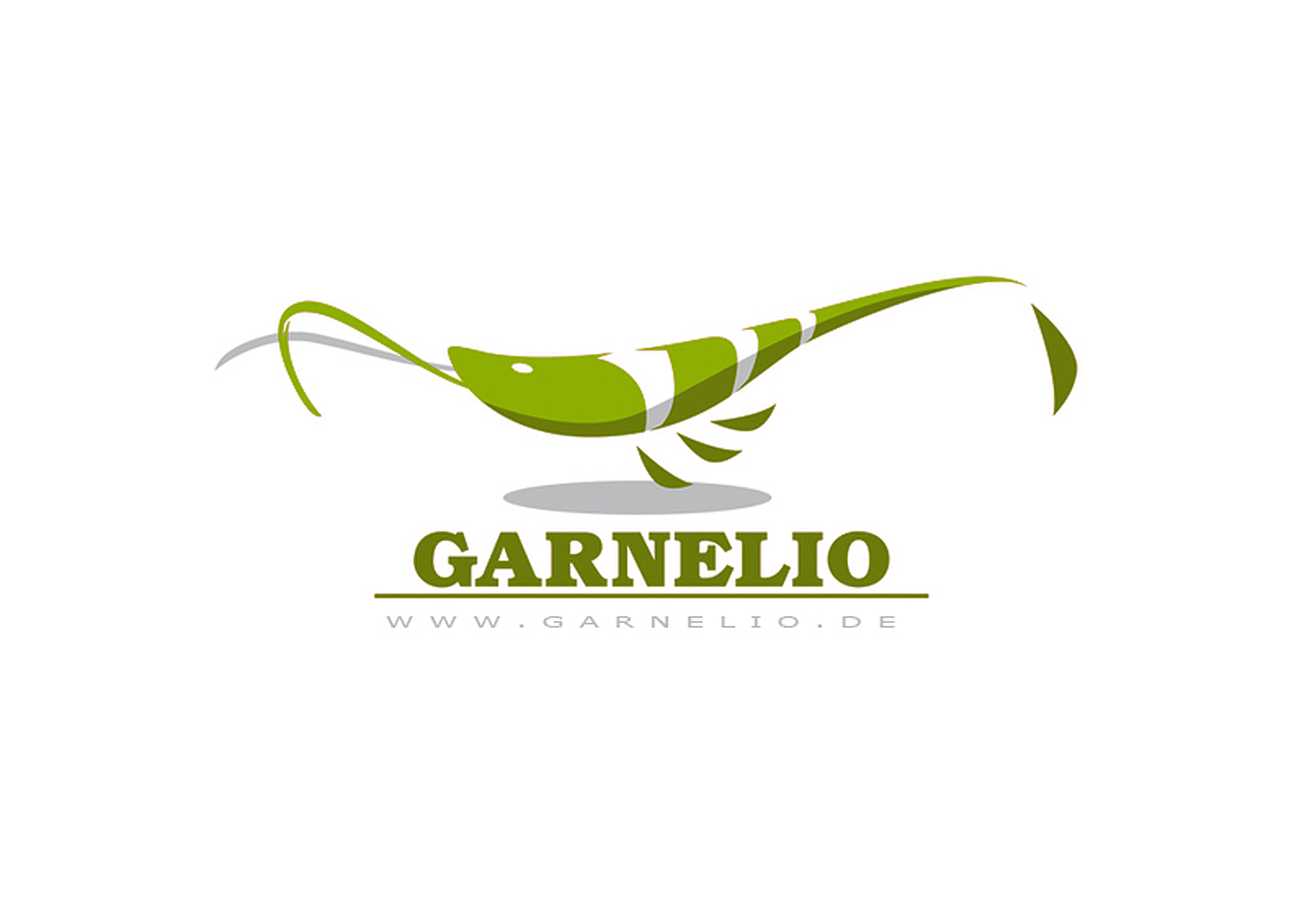
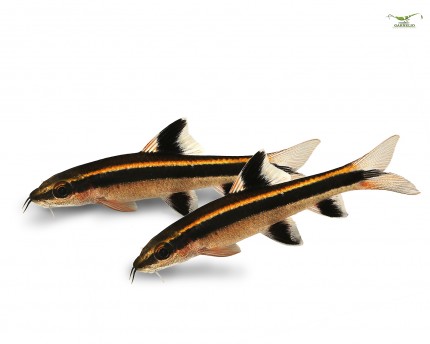
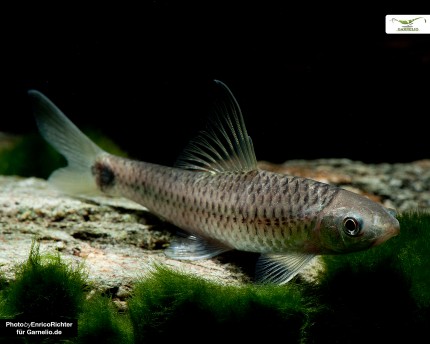

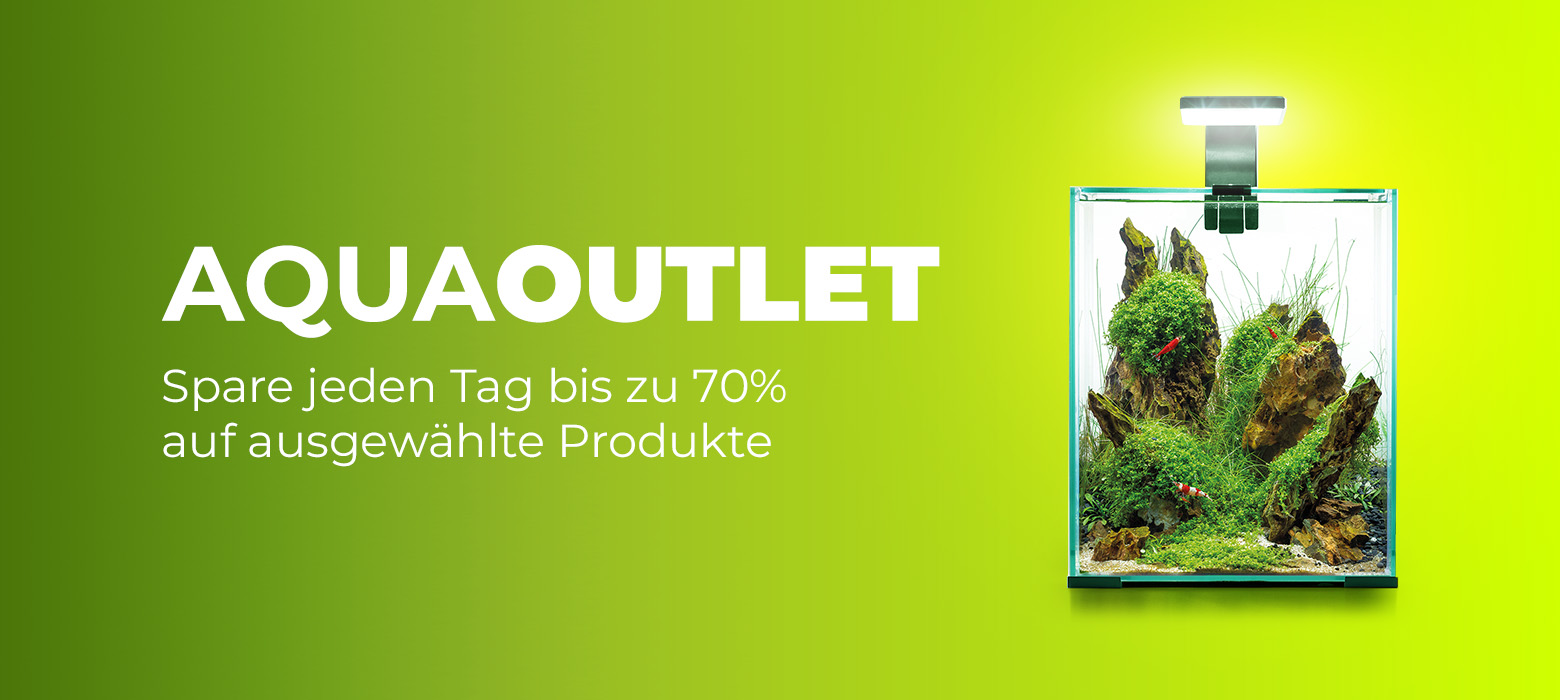
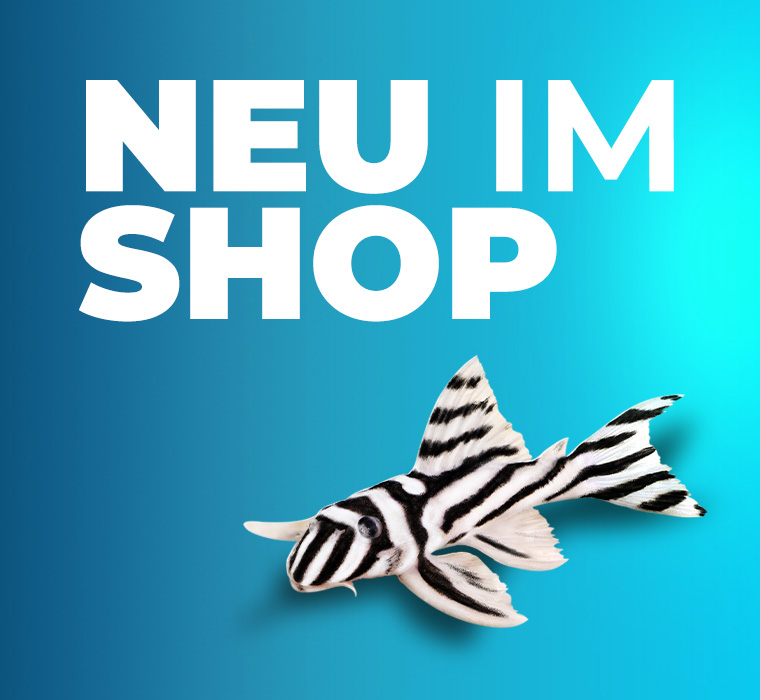
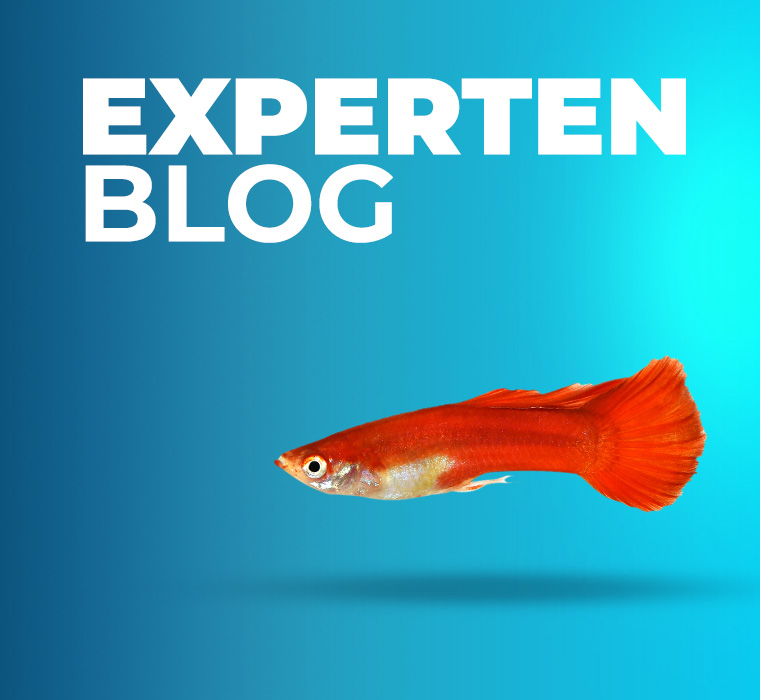
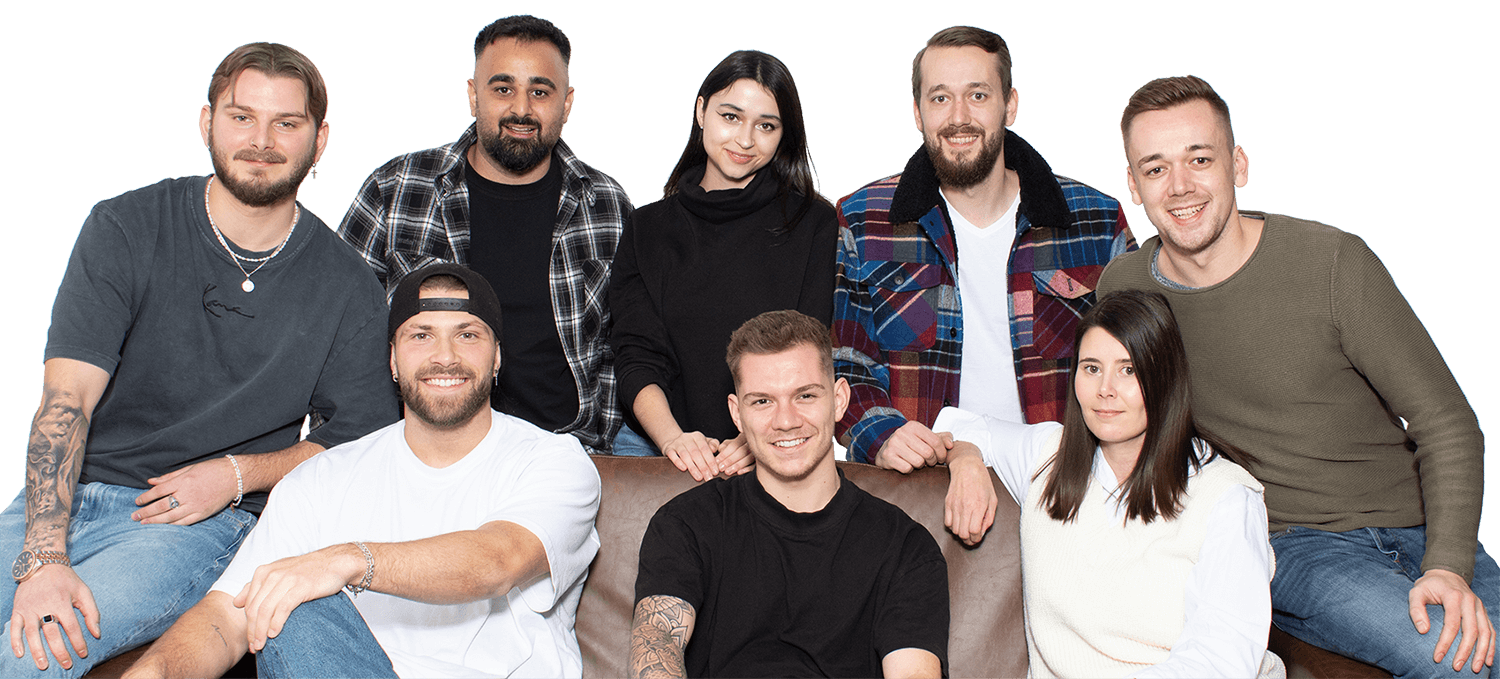
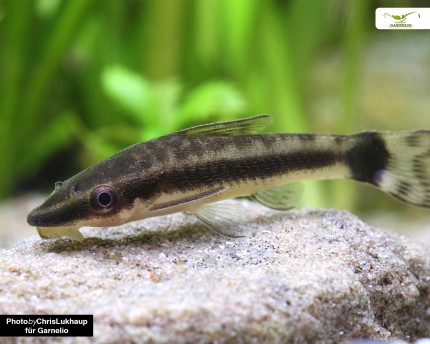
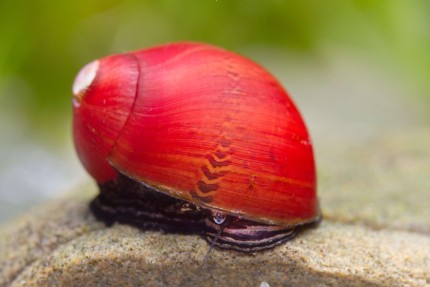
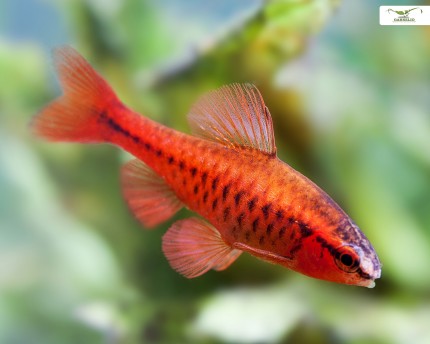
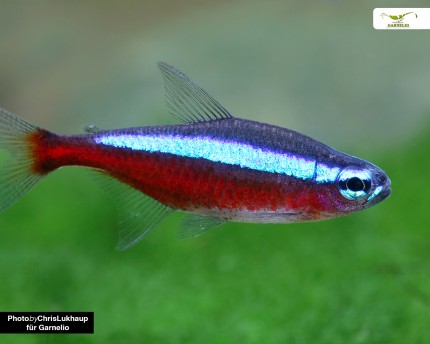
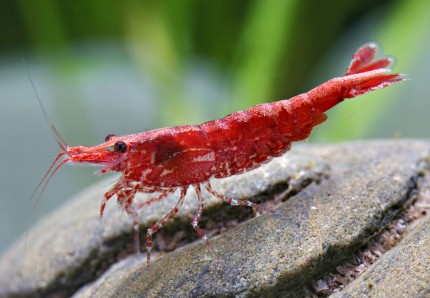
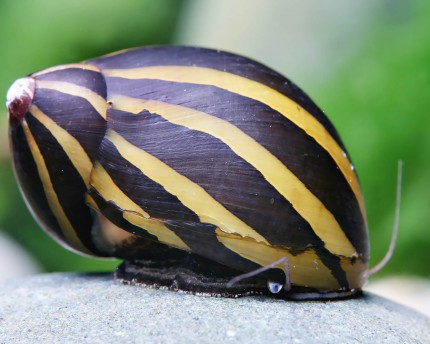
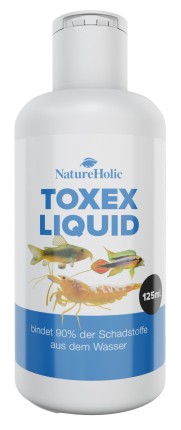
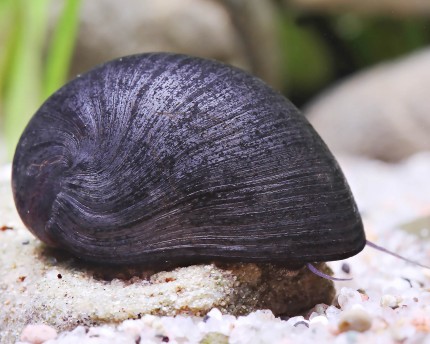

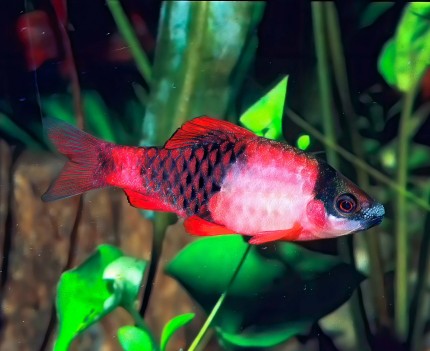
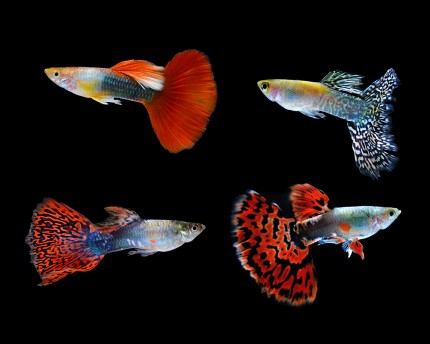
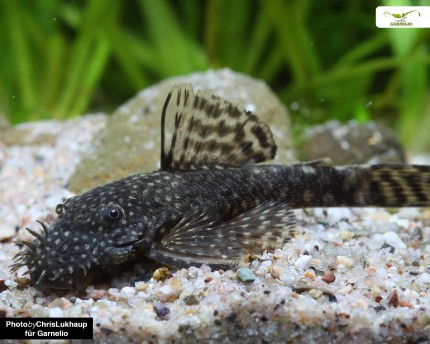
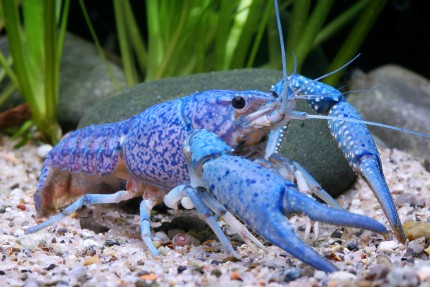
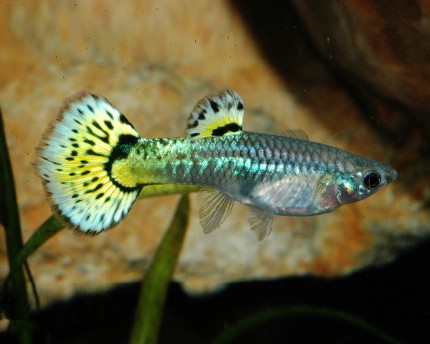
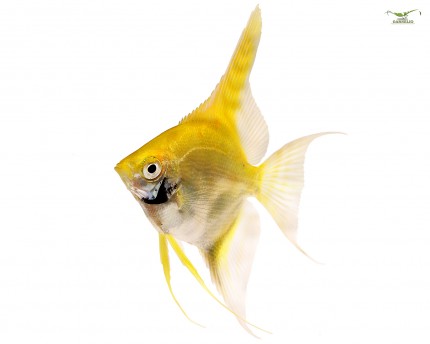
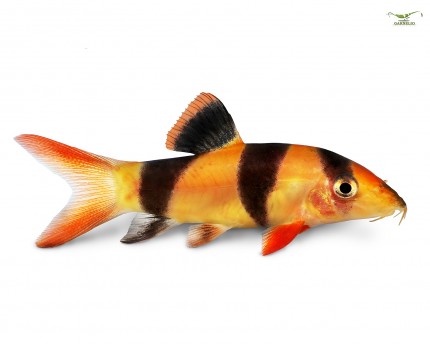
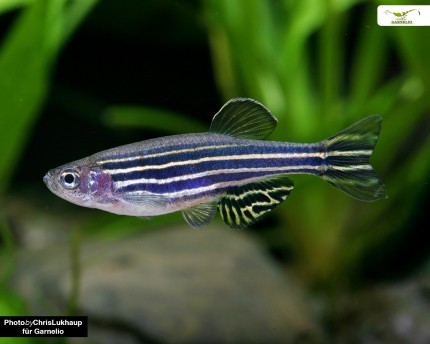
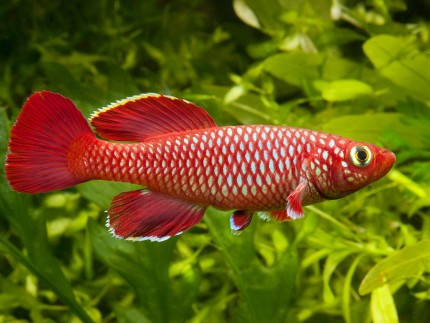
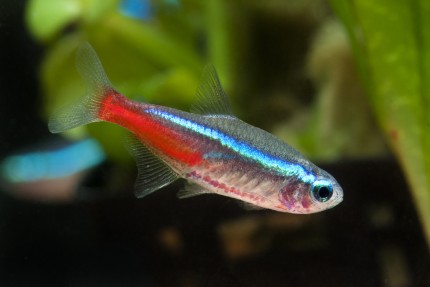
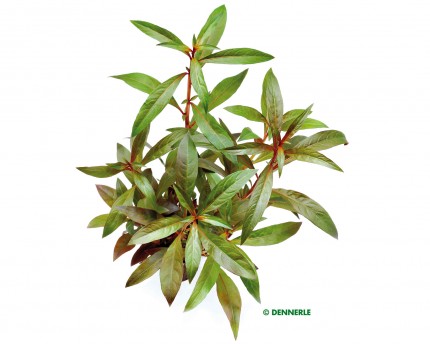
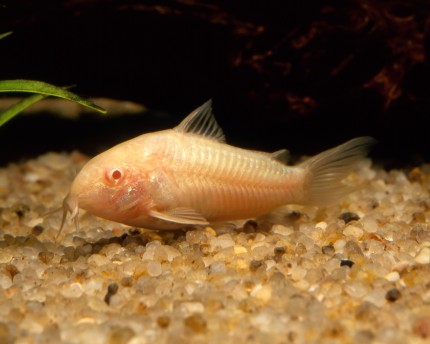
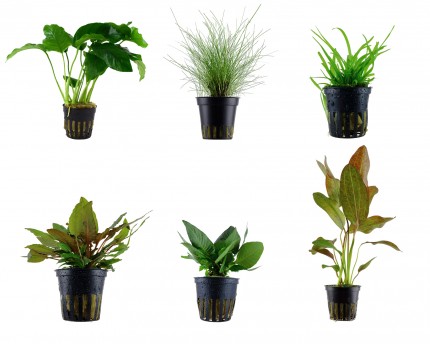
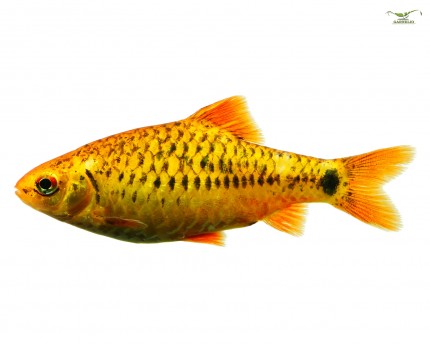
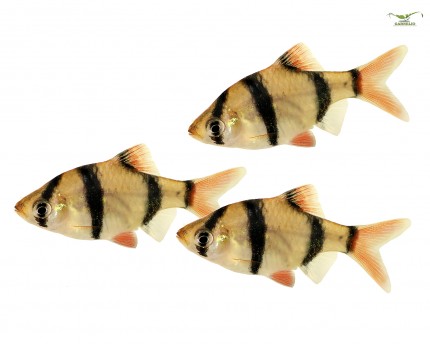
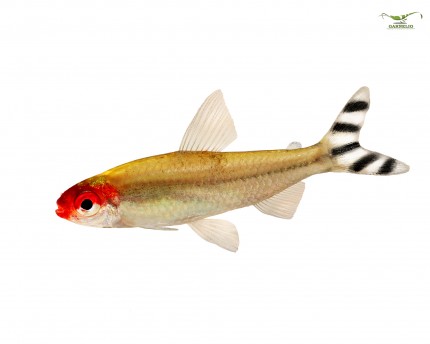
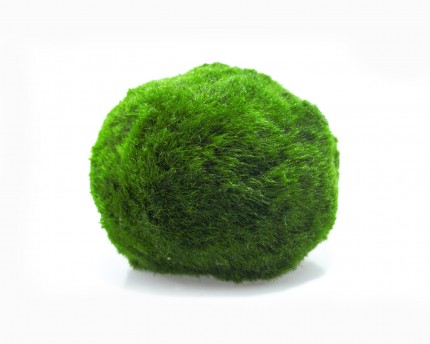
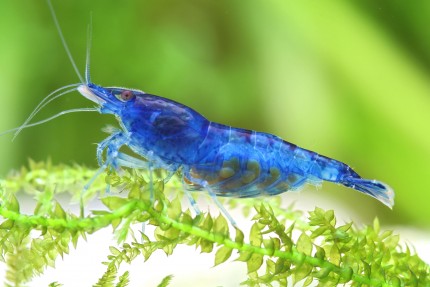
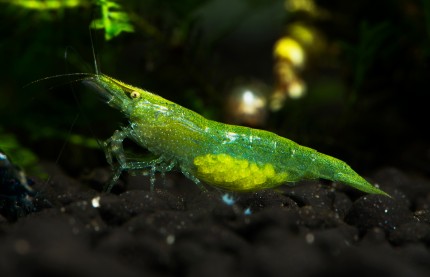
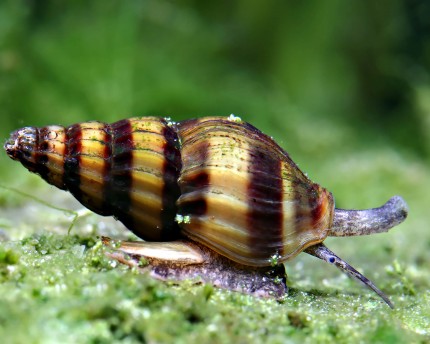
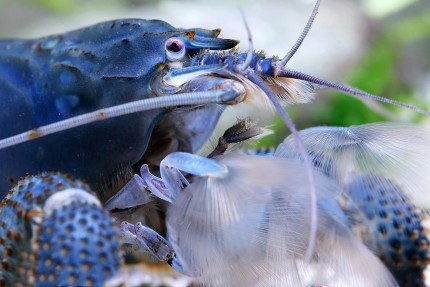
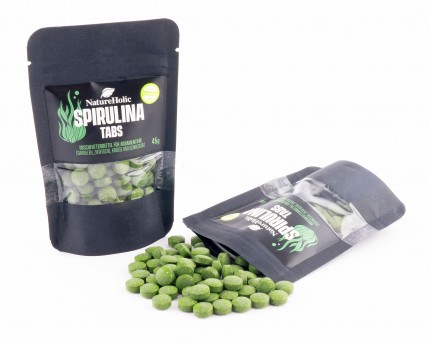
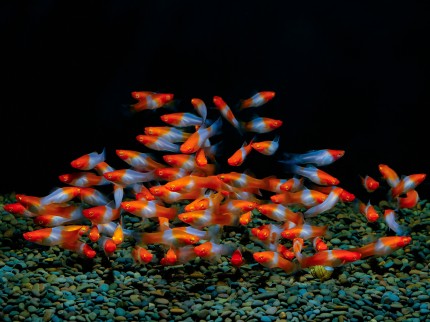
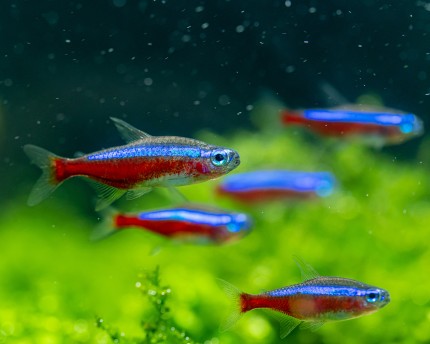
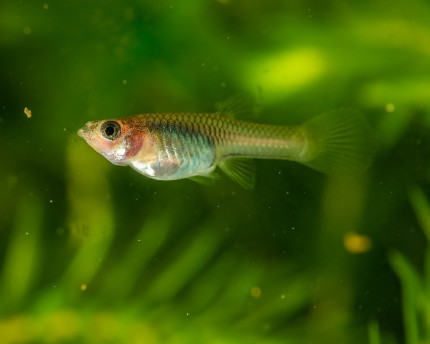
The fields marked with * are required.
I have taken note of the privacy policy.